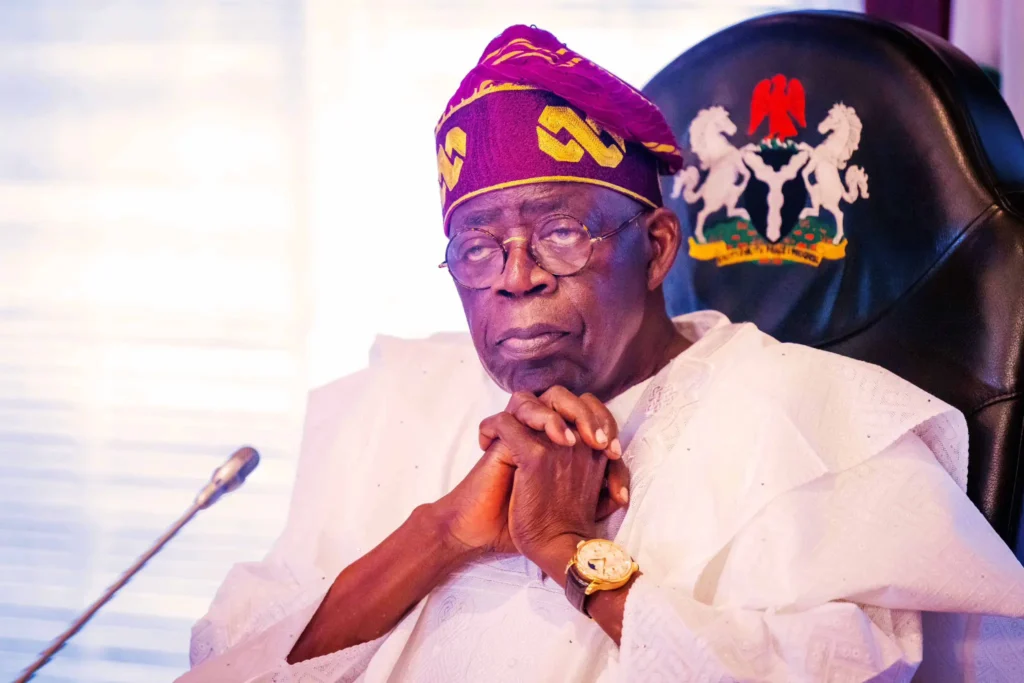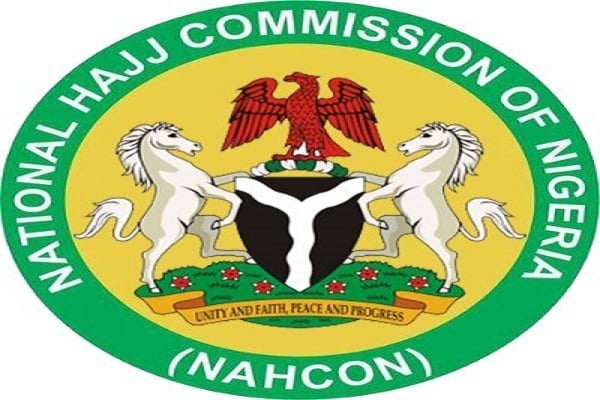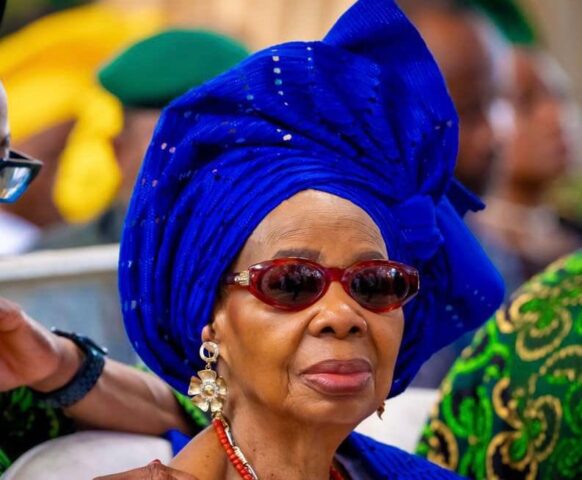In a bid to end age-long power woes, the Federal Government is in talks with commercial banks and other investors to fund its ambitious universal electricity access, which requires a whopping $23.2bn investment.
It was reported that Nigeria will require $23.2bn of aggregate investment to achieve the planned universal electricity access in five to 10 years, reaching 120 million people across 22 million households.
It was gathered that $14.1bn of the cost is an upfront investment to which multiple stakeholders must contribute. The $14.1bn initial investment is 60 per cent of the total $23.2bn investment required to provide universal electrification to Nigerians.
As the country still struggles with a paltry 5,500 megawatts of electricity, the universal electrification plan aims to supply 11,499 gigawatt-hours of electricity per annum to the 22 million unelectrified residential households.
Grid connection is expected to gulp $5.5bn; solar home systems would require $11.1bn; and mini-grid connections would take $6.6bn.
The Managing Director/Chief Executive Officer of the Rural Electrification Agency, Abba Aliyu, disclosed that some banks have already committed funds to the sector, while the agency is still in talks with others. REA is an agency of the Federal Government,
In an exclusive interview with our correspondent, Aliyu highlighted the commitment of President Bola Tinubu and the Minister of Power, Adebayo Adelabu, to ensuring Nigeria achieves universal electricity.
He revealed that the REA and other agencies have carried out a survey in each state to determine how best to electrify Nigeria, saying mini-grids and solar home systems will be mostly deployed as grid extension is not viable in most states.
Aliyu said that though the $23.2bn required to provide electricity across the country is huge, banks and other private investors will provide funding as they are assured of returns on investments through tariffs.
According to him, First City Monument Bank has committed $100m, while Stanbic IBTC with Standard Bank also committed $100m. He said talks are ongoing with Access Bank, Zenith Bank, and others.
The REA boss maintained that funds from the local banks would augment those from the government, the World Bank, the African Development Bank, and other development partners.
“The wisdom of the current government is to drive private sector funding into the sector. The Minister of Power secured the Distributed Access through Renewable Energy Scale-up (DARES) $750m, and we have access to that funding. That funding will catalyse a private sector funding of $1.1bn. As we bring the public funding, it will catalyse private sector funding to combine to do more,” he said.
Aliyu disclosed that the REA is targeting 17.5 million Nigerians under the DARES programme. “We have $750m and the private sector will bring $1.1bn. That is $1,850,000,000,” he said.
He recalled that the power minister is also working towards securing additional co-financing from the Japan International Cooperation Agency, having secured the approval from the Japanese government to put in $190m as co-financing to electrify an additional 1.83 million Nigerians.
“This will also catalyse close to an additional $300m financing to be added to the private sector funding. So, we, the Federal Government, are creating public funding that will catalyse private sector funding. When the President was in Tanzania, there was the signing of $20m financing to four Nigerian local developers by the International Finance Corporation.
“They commit to financing these developers with a $20m debt financing. That’s another financing. Also, there is conversation around $700m of Desert-to-Power financing that will come from the African Development Bank. That $700m will also catalyse another $1bn of private sector financing. All this is the strategy being implemented to make sure there is financing to achieve this universal electricity access.
“We have also seen banks committing funding. First City Monument Bank has committed a $100m pool of debt financing to the developers. Stanbic IBTC with Standard Bank also committed $100m. So all these finances are there.
“In the last few days, I was with the Access Bank management with their sustainable finance group. They are putting in place their funding for the sector. The same thing with Zenith Bank. Also, there are Nigerian local banks that have seen it and are committing funding to it. I don’t have any fear with financing; we will be able to achieve the level of financing that is required,” he stated.
Asked to state what the banks would get in return, he replied that the investors would recoup their funds from the tariffs paid by electricity consumers using the mini-grids.
“This mini-grid investment is seen as infrastructure financing. You put in your finances and recoup the finances with your predetermined internal rate of return over a period of time from the tariffs because a tariff is a function of paying back the capital cost, paying for O&M (Operations & Maintenance), and paying for capital appreciation or capital gain. These are the three components that make a tariff. And that is why we built the entire methodology in project financing.
“So, the banks or the financier or even anybody can put in some billions of naira to finance a developer to build a mini-grid and you recoup your investment from the monthly tariff that comes in and goes back to the developer,” he stated.
On the fear that the distribution companies have been battling with low recovery, especially with issues around affordability, Aliyu said investments in mini-grids have proved to be a success, with about a 95 per cent recovery rate.
“I would like to debunk that myth of affordability and the myth of payment. From the data that we have, we have close to a 95 per cent collection rate. These people in the rural area pay for the electricity,” he declared.
In terms of collection and commercial losses, he argued that rural dwellers do better than those in the cities, as there are fewer commercial losses.
“They pay well. We have a 95 per cent collection rate. And it’s also because we do 100 per cent metering and we do a SCADA system. So, we can know if there are any losses. And they have stable electricity. When it is stable, the people pay. The people will even ask for it.
“Last two months, I commissioned a one-megawatt interconnected mini-grid project on the border of Ogun and Lagos States, Ibaragun. Neighbouring communities were begging that they wanted to be off the Disco. They said, ‘Come put this solar hybrid interconnected mini-grid. Let’s have reliable and sustainable electricity,” he stated.
Aliyu advocated for multiple give Nigerians the ability to choose their power provider.
He regretted that the REA has not been able to intervene in many communities seeking its support for reliable power because this may require tweaking the agency’s mandate.
“It will require a big tweaking of our mandate. Someone once said that the REA should be renamed from Rural Electrification Agency to Renewable Electrification Agency so that the mandate of focusing on rural and pre-urban areas can be changed. And I think it’s a fantastic idea, because that is the kind of thing that can give us the liberty to intervene in things.
“This is something that happens in India. In India now, there are two grids. There is the main grid and the under-grid. You can switch from one to the other. Like in the night, you can say you want electricity from the grid or from the main grid. They have that choice. So it enhances that level of reliability and also gives the customers the option to manage the tariff, the cost of their consumption,” Aliyu submitted.
Meanwhile, a document sighted by our correspondent showed that in the universal electricity access plan, the national grid CAPEX will still be split between the public sector (40 per cent) and the private sector (60 per cent), aligning with the ownership structure of the DisCos.
For mini-grids, the private sector (primarily mini-grid developers) is expected to provide the investment, likely financed through a combination of debt, equity, and grants. For solar home systems, consumers will bear the total cost.
In the document, the solar home system dominates the least-cost mix with 45 per cent of connections, followed by mini-grids with 31 per cent, and grid extension, which is 24 per cent.
Key drivers of the allocation include demand levels, distance to the grid, and population density. Solar home system is said to be optimal for dispersed rural areas, grid extension for urban areas, and mini-grids for dense off-grid zones.
“Grid expansion is the least costly for settlements with proximity to the grid (i.e., distance < 10km) and moderate to high population densities. Mini-grids are an intermediate solution, serving areas with a balance of population density and distance. Solar home system is the dominant solution for remote, low-density areas, as it is the most cost-effective for widely dispersed populations,” the report said.
Our correspondent learnt that 9.9 million households (45 per cent) will be electrified through solar home systems connections, mostly in sparsely populated areas; 5.3 million (24 per cent) will get power through grid connections in densely populated areas within proximity of existing grid infrastructure; 6.9 million (31 per cent) will get electricity through mini-grid connections in densely populated areas farther from existing grid infrastructure.
The report explained that the nation’s 36 states and the Federal Capital Territory were assessed across five pillars – Policy, Funding, Infrastructure, Capacity, and Data – showing low readiness on the part of the states, except Lagos. 30 states fall between the ‘early’ to the ‘developing’ stages, six states are in the ‘progressing’ stage, and only Lagos is in the ‘advanced’ stage.
It was noted that while most states have adopted the Electricity Act 2023, legal frameworks remain underdeveloped. Also, institutional fragmentation, inter-agency frictions, and lack of clear mandates also hinder progress.
It was added that one in four states requires intensive support to move beyond planning into implementation. The report showed that most states have few dedicated electricity budgets, and spending is often hidden in infrastructure lines.
“15 states have PPPs or donor MOUs, but efforts are fragmented. Several States rely on fragile single-line transmission with no redundancies, resulting in frequent outages.
“In some states, mini-grid pilots exist but are typically donor-led, small-scale, and poorly integrated. Metering remains weak and outdated, limiting reliability and utility revenue collection.
“Most electricity agencies are under-resourced, with minimal technical expertise in regulation, renewables, and finance. Capacity-building programmes are inconsistent; only a few states (e.g., Ekiti, Edo, Katsina) show structured upskilling efforts,” it was reported.
It was learnt that reliable energy data systems are largely absent at the state level as data is typically fragmented, manually collected, and outdated, limiting its utility for planning or investment.
States also depend on federal actors (e.g., REA, DisCos) for data access, which can be slow or incomplete.




